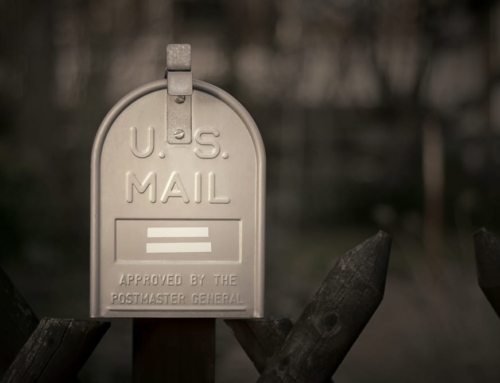We’ve all heard hundreds of times that the real estate market is getting better, but things are still tough for many homeowners. According to a recent CoreLogic report, there were 55,000 foreclosures completed in March; that’s two times more homes lost to foreclosure than before the crisis.
If you’re a homeowner who is struggling to make mortgage payments, you probably don’t feel optimistic about today’s real estate market. Instead, you may feel overwhelmed and confused about your options.
You may have heard about short sales—where lenders and homeowners agree to sell a home for less than is owed on the loan in order to avoid foreclosure—but there’s another good option that’s not getting much traction: deed in lieu of foreclosure.
What is a deed in lieu of foreclosure?
A deed in lieu of foreclosure (often shortened to “deed in lieu”) is a legal transaction that reassigns your deed and releases the mortgage lien. When you exercise this option, you voluntarily transfer the ownership of the property to the owner of your mortgage in exchange for a release from your mortgage loan and payments.
In some states, a deed in lieu doesn’t mean you’re completely free of the mortgage debt, as some banks have the right to require a promissory note that would make you responsible for the deficiency balance (the difference between the loan amount owed and the market price of the home). Check with your lender to determine how the deficiency balance will be handled.
When should I consider a deed in lieu of foreclosure transaction?
The deed in lieu option is often a simpler process than foreclosure or short sale, and it allows for a transaction between lender and homeowner without the involvement of realtors and buyers. It often involves incentives to the homeowner, and it is relatively free of drama for families who are no longer able to stay in their homes.
You may want to consider a deed in lieu if:
- You are going through a hardship (a job loss or a medical emergency, for example).
- You can’t afford your current mortgage payments.
- You have been unable to successfully modify your mortgage to make the payments more affordable.
It’s important to note that in some cases, the lender will only accept a deed in lieu if you’ve previously tried and failed to sell your home at fair-market value.
Last year, Fannie Mae introduced a new product called Mortgage Release, intended to help borrowers who can no longer afford their homes by packaging a deed in lieu with options to rent the home back for a period of time.
Options are available—sometimes with a relocation incentive—to help you leave the home immediately; stay in the home for up to three months without paying rent; or lease the home, at market rates, for up to one year.
Depending on the situation, you may be required to make a financial contribution to receive a mortgage release. This particular foreclosure alternative is available if Fannie Mae is the investor on your mortgage loan. To find out if Fannie Mae owns your loan, check out KnowYourOptions.com.
The program is very consumer-friendly, and it sounds like a slam-dunk for distressed borrowers, but it has seen little traction in the market.
Why haven’t I heard of the deed in lieu option before?
Deed in lieu hasn’t seen broad adoption because there is little understanding of how it works and there have been no incentives to the industry to participate. Many borrowers are unaware of this option because lenders are not proactively offering deed in lieu as an alternative to foreclosure, and major investors that own loans are not making the option available. It also doesn’t offer the same monetary incentives to commission-based third parties that a short sale does, which means it doesn’t get much promotion.
When the deed in lieu option is offered, it’s often as a measure of last resort right before a foreclosure sale—way too late in the process to stop a foreclosure.
Significant time, money, and energy are spent in both the short sale and foreclosure processes. Add to that the emotional toll these processes take on homeowners, and the costs add up even more. If borrowers knew more about deed in lieu as a viable option to exit their home in the earlier stages of their delinquency, significant time and expense could be saved for all parties involved.
Distressed homeowners need to understand all possible options and how those options work. At the end of the day, if a family must leave its home and can no longer pay the mortgage, the option to exit quietly and turn over the keys to the bank without a great deal of hassle, court fees, and embarrassment is absolutely worth exploring.
Alanna McCargo is a housing and financial services executive and personal finance writer and advocate. She is a public speaker on hot topics in financial services and the housing market, and she writes a personal finance blog called “Matter of Money.” She is an active volunteer and serves on the board of directors for the Women in Housing & Finance Foundation, a non-profit dedicated to advancing financial literacy, housing policy issues, and education programs for women, children, and under-served communities. Follow Alanna on Twitter @myhomematters.





